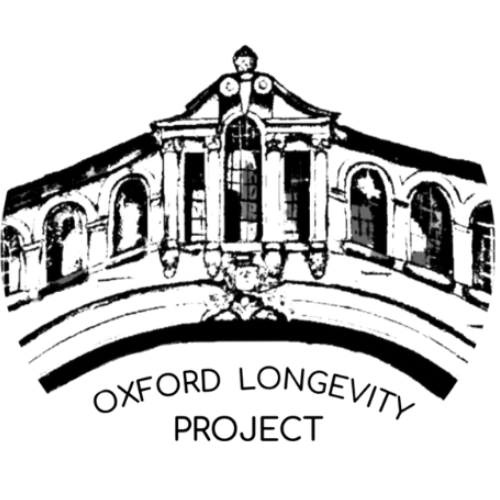Hallmark 9: Stem Cell Exhaustion
Stem cell exhaustion marks the point when the body’s repair systems begin to fail, but understanding it offers hope: by protecting and supporting our stem cells, through healthy
living today and innovative therapies tomorrow, we may help the body keep shapeshifting and rebuilding itself for longer.
Hallmark 8: Cellular Senescence
Cellular senescence, often called “zombie cells,” occurs when damaged cells stop dividing but refuse to die, releasing inflammatory signals that disrupt nearby tissues and accelerate ageing. While drugs like senolytics and senomorphics aim to target these stubborn cells, lifestyle choices, regular movement, plant-rich diets, quality sleep, and stress management—remain our most effective defence against their build-up.
Hallmark 7: Mitochondrial Dysfunction
Mitochondrial dysfunction is the decline in your cells’ ability to produce energy efficiently, leading to increased oxidative stress and cellular damage. As we age, this creates a vicious cycle of reduced energy and rising damage, which accelerates ageing and contributes to degenerative diseases. Fortunately, lifestyle strategies like exercise, balanced nutrition, and sun protection - along with emerging therapies such as NAD⁺ boosters - can help support mitochondrial health and promote healthier ageing.
Hallmark 6: Dysregulated Nutrient Sensing
Dysregulated nutrient sensing is your body’s impaired ability to detect and respond to food and energy signals, disrupting the balance between growth and repair. As we age, this shift keeps cells stuck in “growth mode,” accelerating wear and tear and driving ageing. Fortunately, targeted lifestyle choices like intermittent fasting, balanced nutrition, and regular movement can help restore this system, supporting healthier, more resilient ageing.
Hallmark 5: Disabled Autophagy
Autophagy is your body’s built-in cellular recycling system, clearing out damaged components to maintain health and energy. As we age, this process weakens, contributing to inflammation, disease, and accelerated ageing - earning it recognition as a key hallmark of ageing. Fortunately, lifestyle factors can reactivate this system therefore naturally boosting autophagy offers a powerful and actionable path to healthier ageing.
Hallmark 4: Loss of Proteostasis
Loss of Proteostasis examines how ageing disrupts the cell’s ability to produce, fold, and clear proteins — leading to toxic build-up and neurodegenerative disease. This newsletter highlights emerging research on heat-shock proteins, autophagy activation, and compounds like spermidine and rapamycin that may protect protein quality control and support healthy ageing.
hallmark 3: Epigenetic Alterations
The third hallmark of ageing revolves around epigenetic "switches" that control which genes are active - mechanisms that can be influenced by lifestyle choices and environmental factors throughout life. These reversible changes represent one of the most actionable aspects of biological ageing, offering unprecedented opportunities to potentially slow, or even partially reverse the ageing process through evidence-based interventions.
hallmark 2: Why do we age? Exploring Telomere Loss
Today we continue our Hallmarks of Ageing series with the second hallmark, telomere shortening, a gradual process wherein the protective ends of chromosomes diminish with each cell division.
Hallmark 1: Genomic instability
Genomic instability, caused by DNA damage, is a primary hallmark of ageing. The evidence is compelling: while people with DNA repair disorders show accelerated aging, centenarians often have genetic variants that enhance DNA repair, suggesting that protecting our genome could be key to promoting a healthy lifespan.
Why do we age? Introducing the Hallmarks of Ageing
Meet the 12 'Hallmarks of Ageing' - the cellular processes that drive how we age. From DNA damage to cellular 'zombies', we're making the science accessible.










